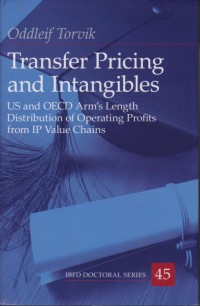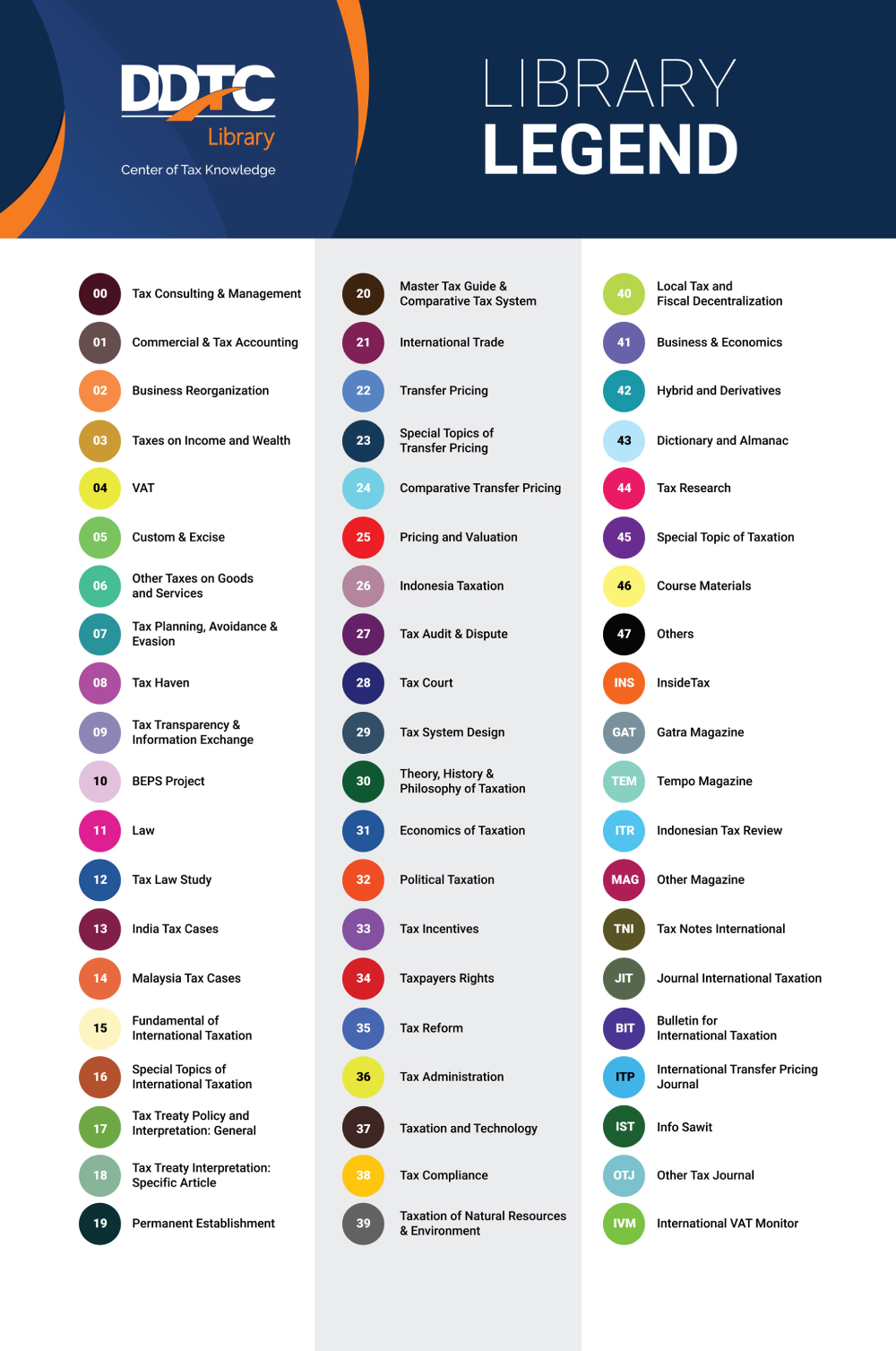
Book
Transfer Pricing and Intangibles: US and OECD Arm’s Length Distribution of Operating Profits from IP Value Chains
The transfer pricing of intangibles (patents, trademarks, etc.) is an important issue in international tax law, because it determines how superprofits generated by multinationals through the exploitation of valuable intellectual property (IP) in their worldwide value chains are allocated among the jurisdictions in which they do business. For decades, multinationals have used IP transfer pricing to shift taxable profits out of high-tax jurisdictions, causing serious base erosion. Both the United States and the OECD seek to combat these practices through mandatory transfer pricing rules aimed at ensuring that IP superprofits are taxed where the intangible value was created. The profit allocation process prescribed by these rules is analysed in this text.
The first part of the process determines the amount of superprofits allocable to a unique and valuable IP (royalty amount). The US and OECD transfer pricing methods that govern this determination are analysed, applying a distinction between unique and non-unique value chain contributions, and it is observed that the methodology has evolved significantly over the years, from primarily relying on imprecise third-party benchmarking to more substance-based approaches that seek to ensure results that adhere to the realistic alternatives of the controlled parties.
The second part of the profit allocation process determines to which group entity, and thus indirectly also to which jurisdiction, the amount of IP superprofits will be allocated. The US and OECD intangible ownership provisions that govern this determination are analysed, applying an original analytical distinction between manufacturing and marketing IP. The analysis shows that, while both the US and OECD rules go a long way towards aligning the allocation of superprofits from R&D-based manufacturing IP with value creation, the allocation of superprofits from marketing IP still largely hinges on formal legal ownership and thus opens the opportunity for tax planning from multinationals and should be ripe for future reform.
This book is suited for those that have an interest in transfer pricing analysis, e.g. students, lawyers, accountants and economists. The historical background of the current transfer pricing rules is explained, allowing for an “all-in-one” solution for catching up with the US and OECD transfer pricing development over the last decades.
Detail Information
| Call Number |
23 TRA odd
|
|---|---|
| Publisher | IBFD Doctoral Series : The Netherlands., 2019 |
| Collation |
xxxvii, 832 p; 23,7 cm
|
| Language |
English
|
| Classification |
23 TRA odd
|
| ISBN/ISSN |
978-90-8722-495-0
|
| Edition |
-
|
| Subject(s) |






